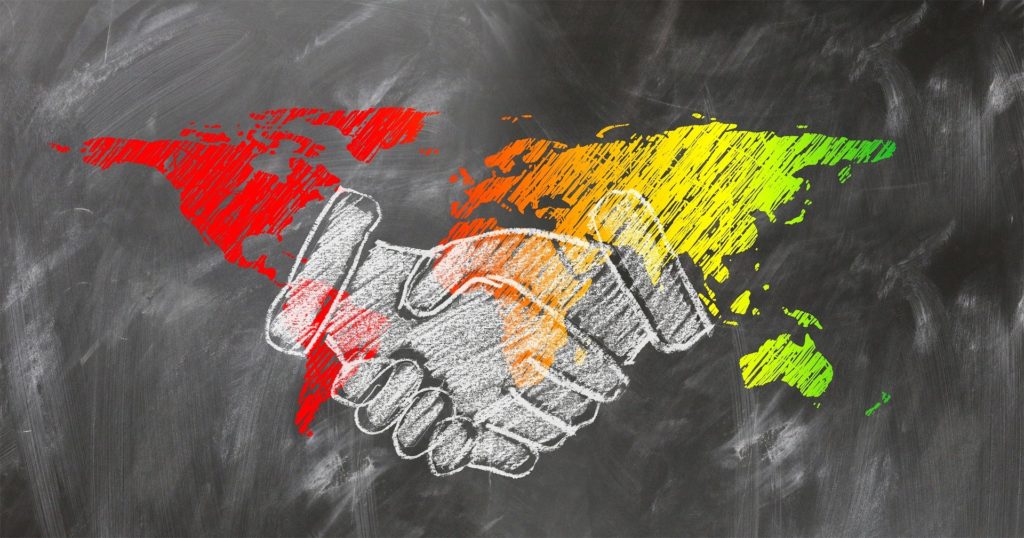Back in the sixteenth century, Elizabeth the First of England found her country locked out of trade with the Catholic countries of Europe: her brilliant solution to this dilemma was to go further afield and sell to the Ottoman Empire.

There’s nothing new about selling to foreign markets, in fact today everyone is at it so that’s all the more reason to treat expansion into foreign markets with the careful attention to detail that makes the difference between success and failure.
- Attend Local Trade Fairs and Conferences
This is a great way to network within your industry and meet potential clients and customers. Don’t assume that everyone speaks English. Ideally take someone with you who is a speaker of the target language. This is a gesture of courtesy which will be respected. Use a database, such as expodatabase.com in order to identify exactly what you are looking for.
- Operate in the Target Language
There are 3.1 billion global Internet users and they prefer to shop in their native language. Ensure that you set up social media accounts in the target language and that your website is also available in the target language. Smaller companies might want to enlist the help of a ‘Virtual Assistant’ to help with customer service in new regions, larger companies will of course need a team who are linguistically competent in the target language. It is crucial that you can communicate with your new market without linguistic confusion.
- Use Local Influencers and Brand Ambassadors
Whatever your budget, there are relevant influencers and ambassadors for your brand who can give your message a real boost and open up new markets. Consider the example of card room partypoker. They recently recruited Brazilian actor Bruno Gagliasso, a household name in his own country, to help promote their brand in Brazil.
- Use Regional Platforms
Look to sell your product via regional platforms, not just your own website. Amazon has a range of versions of its platform, including one for Japan.
- Respond to the Cultural Context
Don’t inadvertently cause offence: do your homework. Learn about your potential market in terms of political, economic, social and technical dimensions. It’s not enough just to communicate in the target language, you need to be aware of cultural difference. Your product and marketing materials also need to be attuned to the culture. McDonalds, that quintessential American product, offers different burgers and different dishes in every region: the McNurnburger Bratwurst Burger in Germany; the McShrimp in Russia and Taro pie in China.
